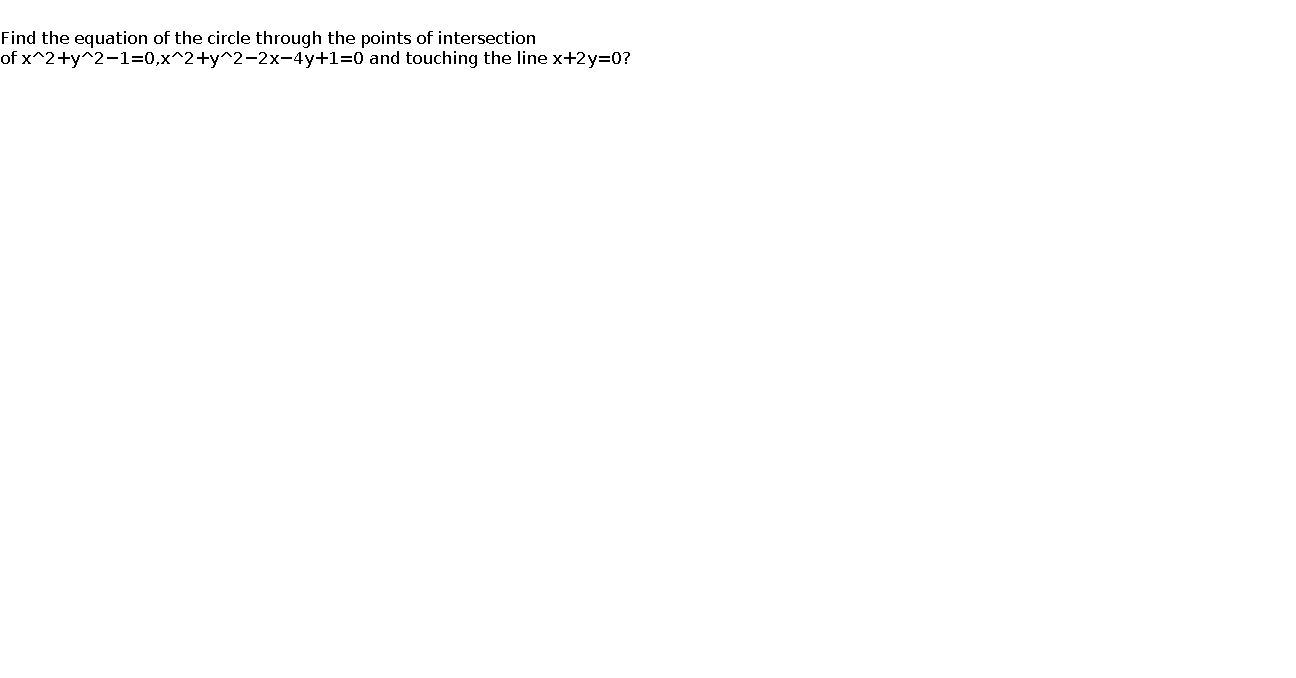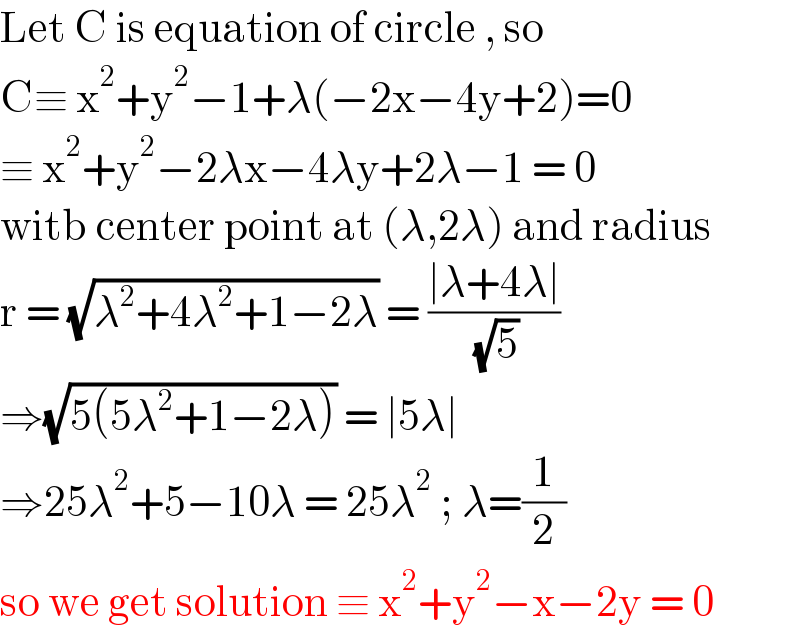
Question and Answers Forum
Question Number 135000 by bobhans last updated on 09/Mar/21

Answered by EDWIN88 last updated on 09/Mar/21

Commented bybobhans last updated on 09/Mar/21

| ||
Question and Answers Forum | ||
Question Number 135000 by bobhans last updated on 09/Mar/21 | ||
 | ||
Answered by EDWIN88 last updated on 09/Mar/21 | ||
 | ||
| ||
Commented bybobhans last updated on 09/Mar/21 | ||
 | ||